Introduction (from the publisher)
Deva love (power) saves humanity?
Don’t get cancer & don’t aging!
Amazing ecology of rat Hadakadebaniz, where researchers around the world become muchu
Thorough dissection of the charm and secret of the “cute” rare beast that may save humanity
Despite being late, 2020 was a rat year and a true hit appeared.The name is “naked, denture, rat (rat rat)”.
In addition to naming too straight and fascinating, it has the only characteristic that does not aging, resistant to cancer, and is less painful.
In recent years, it has been attracting attention as a research target for human longevity and health.
The ecology, charm of such a mysterious rare beast, which is secretly gaining very popularity even in Ueno Zoo, etc., the latest research content,
Literally naked, along with a rich visuals of domestic breeding spots.
◎ Yoichi is a mammal, so research is being underway to extend the life of human beings and stop aging.
◎ In order to have characteristics that do not cause cancer, research is underway to suppress the cancer of human cells.
◎ Unusual for mammals and has a true sociality.There is a class, the queen gives birth to a child, there are soldiers and work rats (up to futon) to raise children in a group.
◎ Use 17 kinds of squeals and communicate between friends.”Weak chook squealing” is reputed as lovely and adorable
◎ Includes the forefront and interviews on research by Associate Professor Kyoko Miura of Kumamoto University, who had been studying iPS cells with Professor Shinya Yamanaka.
The university has attracted attention as the only lab to breed deba.
This book, including the supervisor, Kazuo Okanoya, and the fascinated researchers, are also recommended for students who are interested in research.
The rat year is a big chumoku for the rat!
[Supervisor] Kazuo Okanoya (Kazuo Okanoya)Born in Tochigi Prefecture in 1959.Biological psychologist.Professor of the University of Tokyo Graduate School of Culture.
Graduated from Keio University’s Faculty of Letters and completed a doctoral program at the Graduate School of Psychology, USA.
He became an assistant professor at the Faculty of Letters, Chiba University and a team leader in the RIKEN.
He has authored “Samurai Language Origin theory -From the song of a new edition to the human language” (Iwanami science library),
“Evolution of” Connection “(Asahi Publisher),” 90 books to read the brain or to know the evolution of heart “(Seidosha)
“Queen Hadakadevane Me, Soldiers, Futon” (co -authored with Shigeto Yoshida/Iwanami Science Library)
“Science the birth of words” (co -authored with Yoko Ogawa/Kawade Bunko) and many others.
Contents introduction (from “Book” database)
Naked, dentures, mouse -fascinating looks, cancer tolerance, severe class society, 17 kinds of sound, work addiction, aging …The appearance and the contents are too worried.Mysterious and rare anatomy BOOK.
Table of contents (from “BOOK” database)
VISUAL GALLERY-What kind of animal is a rat?/ 1 Knowledge 1-What kind of animal is a rat rat?(Where did you originally live?Individuality-The characteristics of true sociality / how to spread the tunnel network (network) -3 research edition 1-Ayumi in the research of rat hadakadebane (as a species misunderstood by the first introducer-as a speciesDiscover / Found with the encounter of two researchers-Discovering true sociality) / 4 research edition 2-Those who study Hadakakadevanez (Japan’s first research breeding hard work / breeding breeding / breeding breeding)In error -you can meet rats noodles until you get on the orbit)!Japanese Facilities (Saitama Children’s Animal Nature Park / Maruyama Zoo, Sapporo City, etc.)
Author information (from “BOOK” database)
Kazuo Okanoya (Okanoya Kazuo)
Born in Tochigi Prefecture in 1959.Biological psychologist.Professor of the University of Tokyo Graduate School of Culture.Graduated from Keio University’s Faculty of Letters and completed a doctoral program at the Graduate School of Psychology, USA.From 2010, after working as an assistant professor at Chiba University Faculty of Letters and Team Leaders, etc. (this data was published at the time this book was published).
“Hadakadebane’s secret” の口コミを投稿します コメントをキャンセル
関連商品
uncategorized
uncategorized
uncategorized


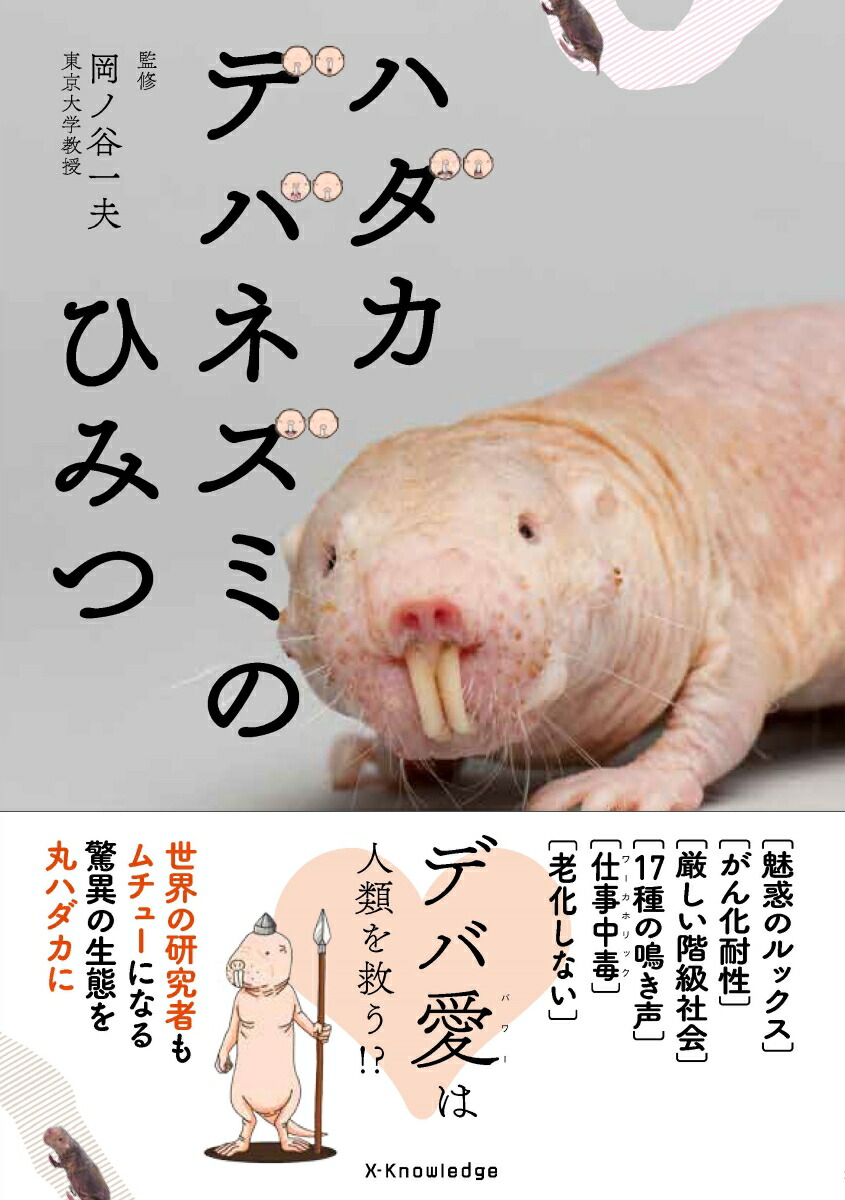
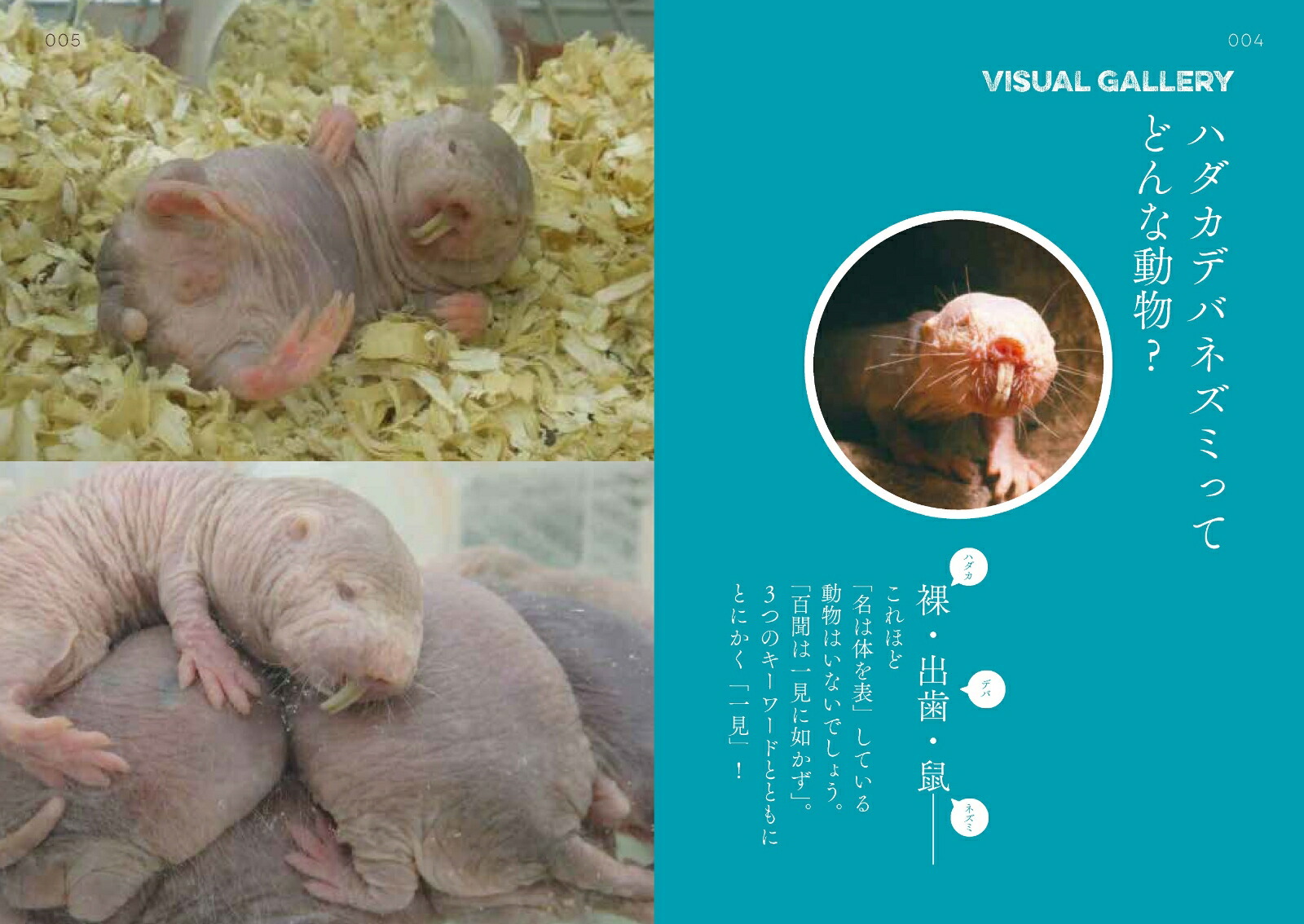
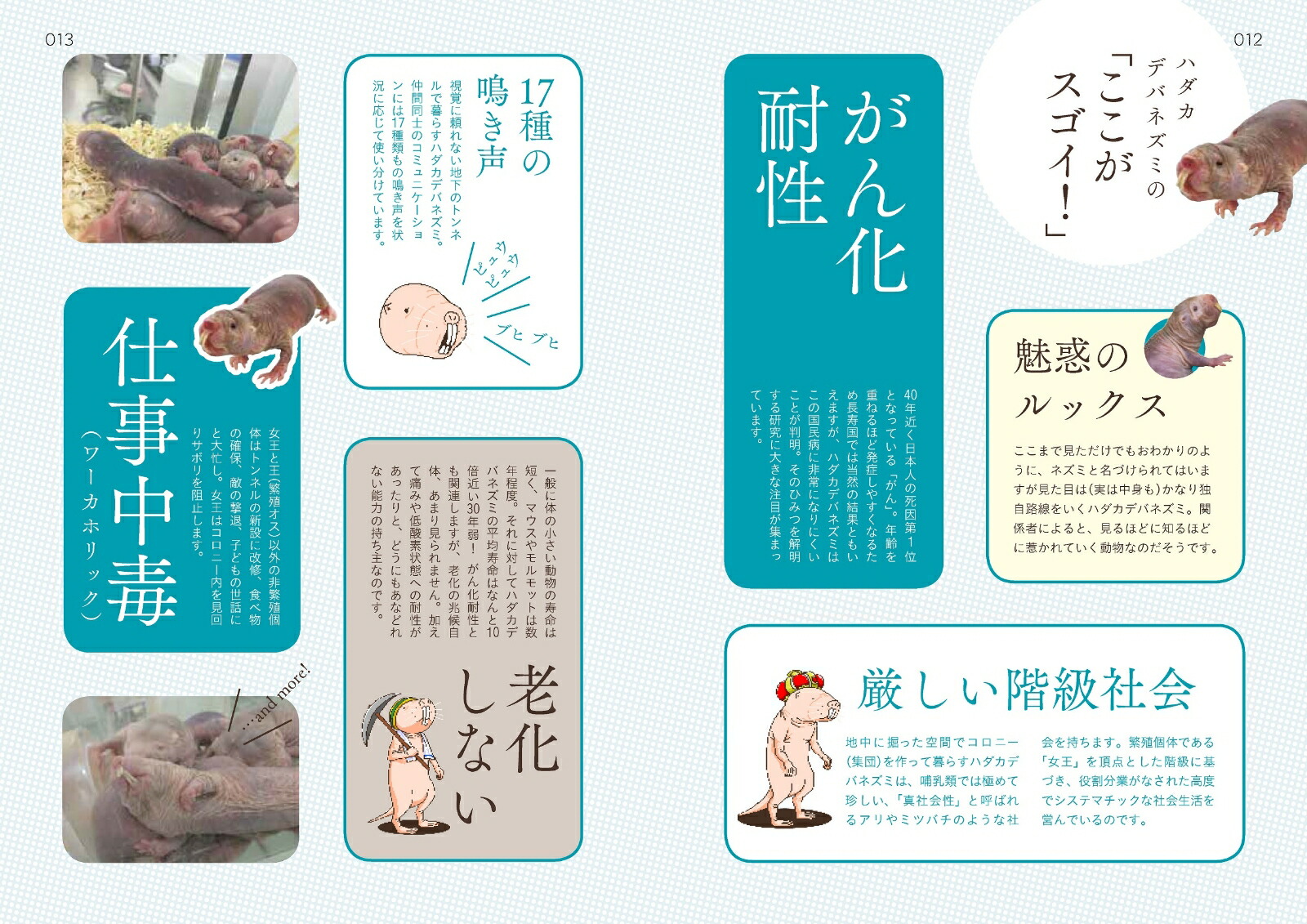
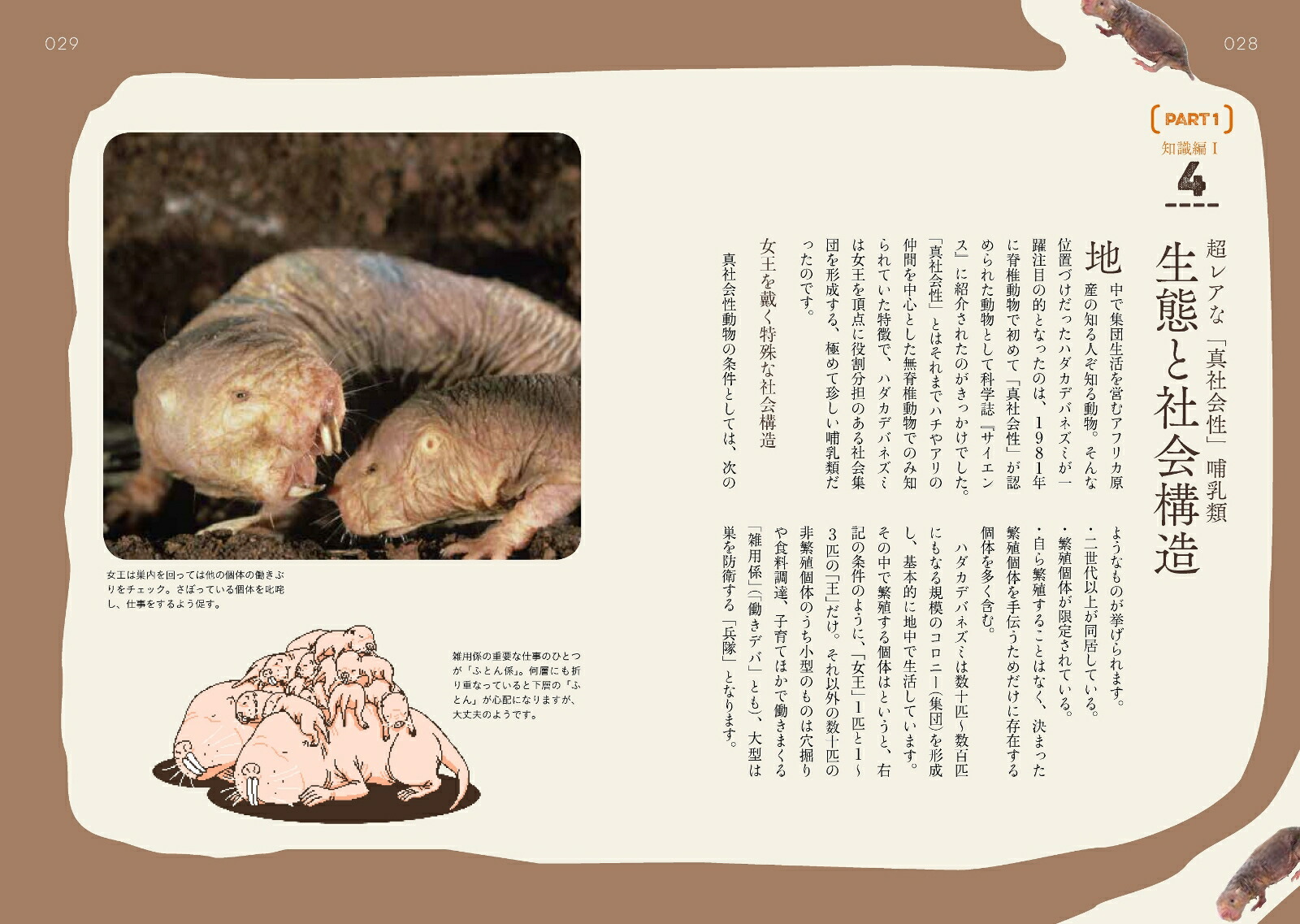
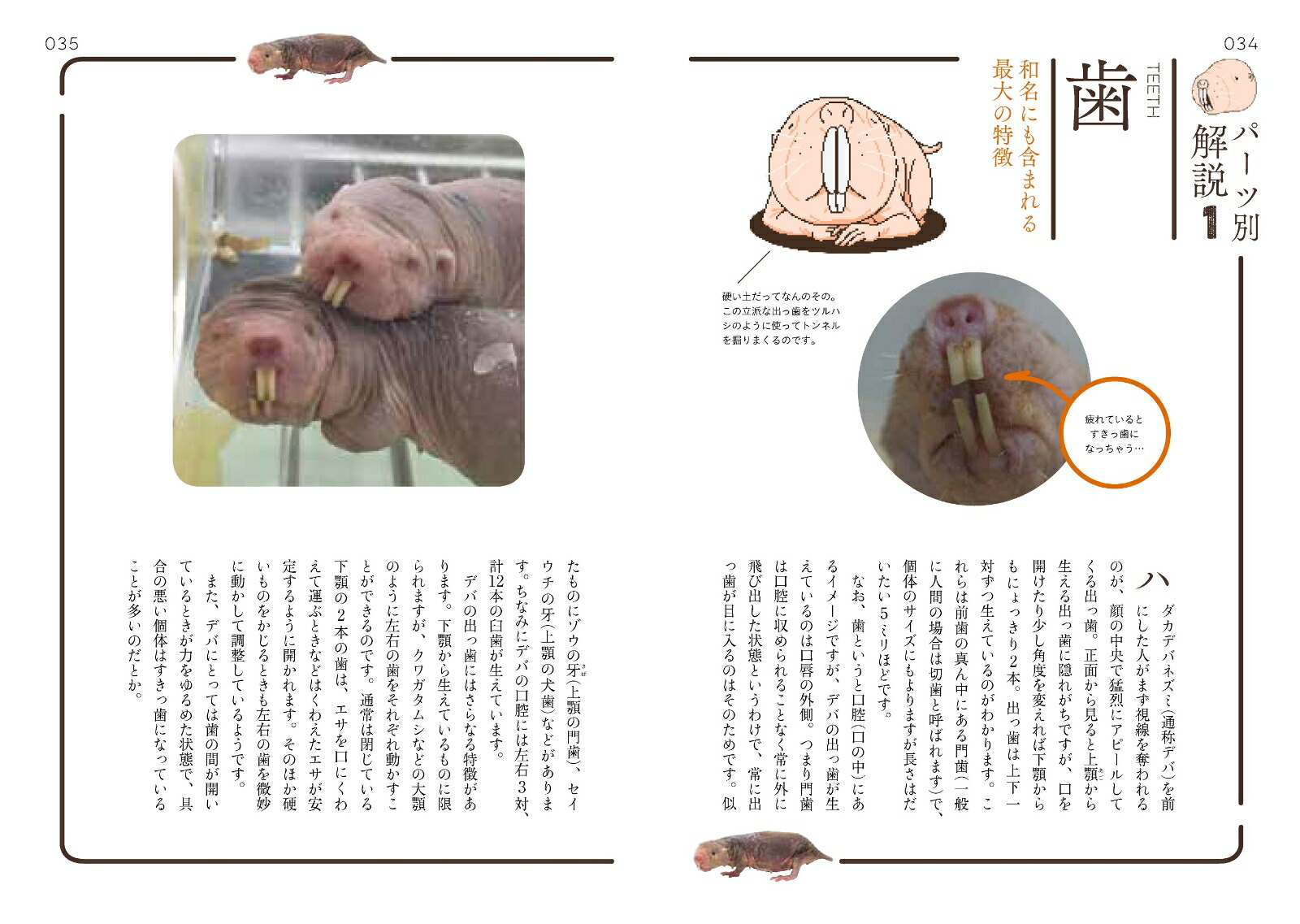
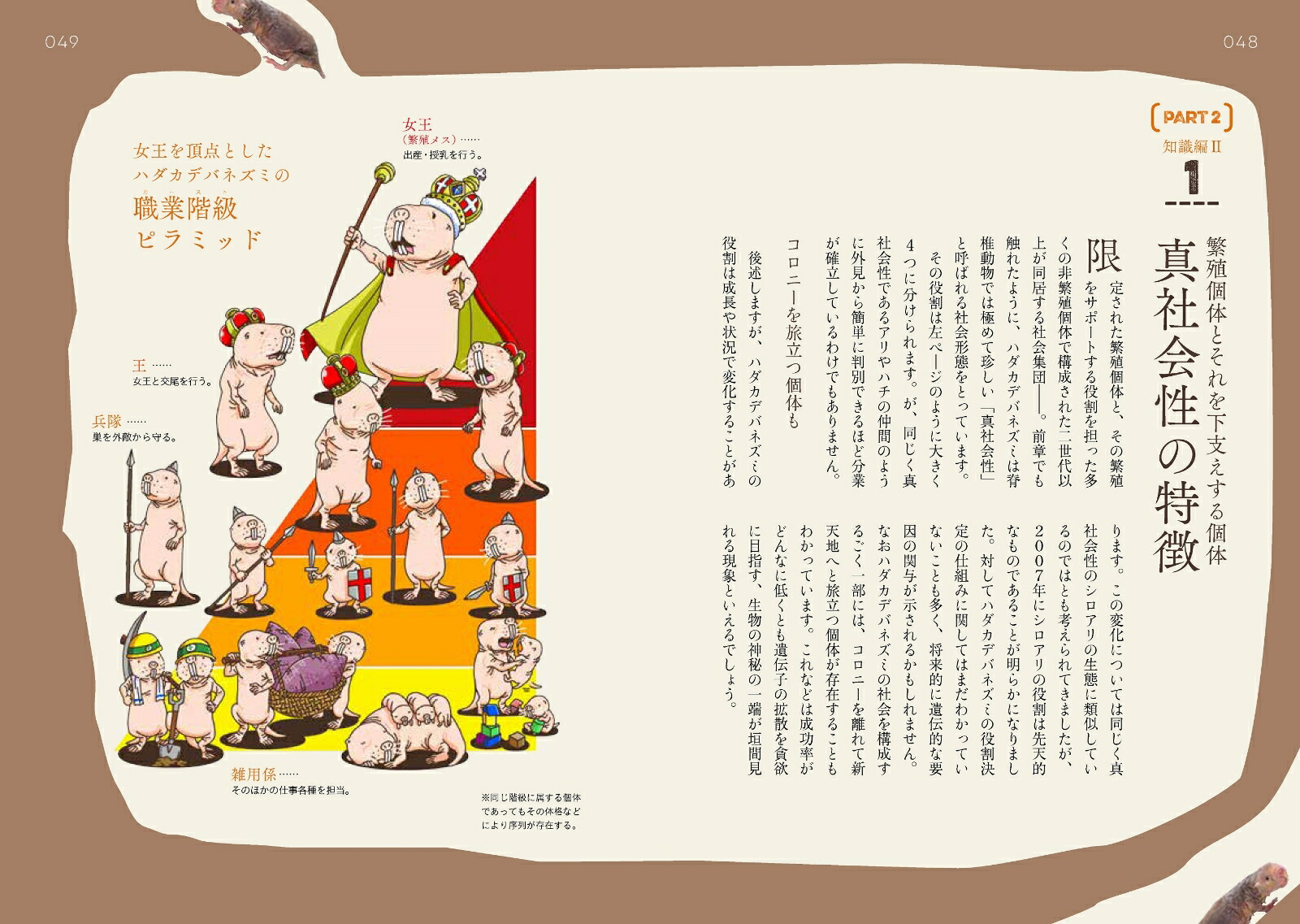


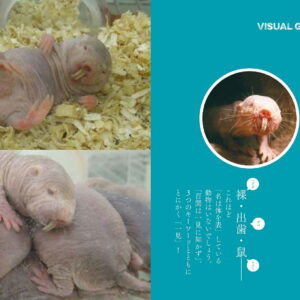
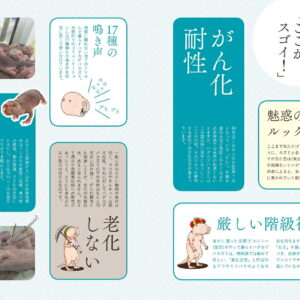
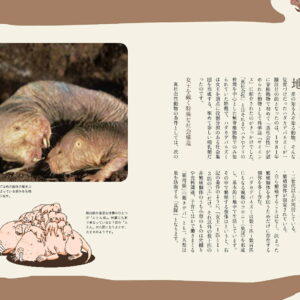
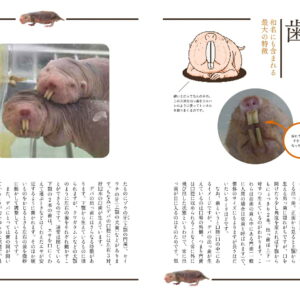
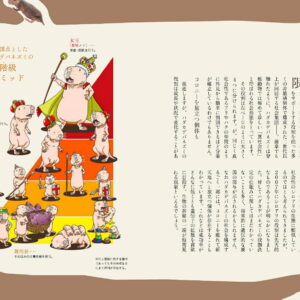
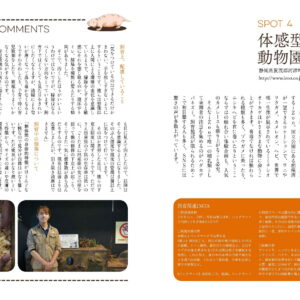
















レビュー
レビューはまだありません。